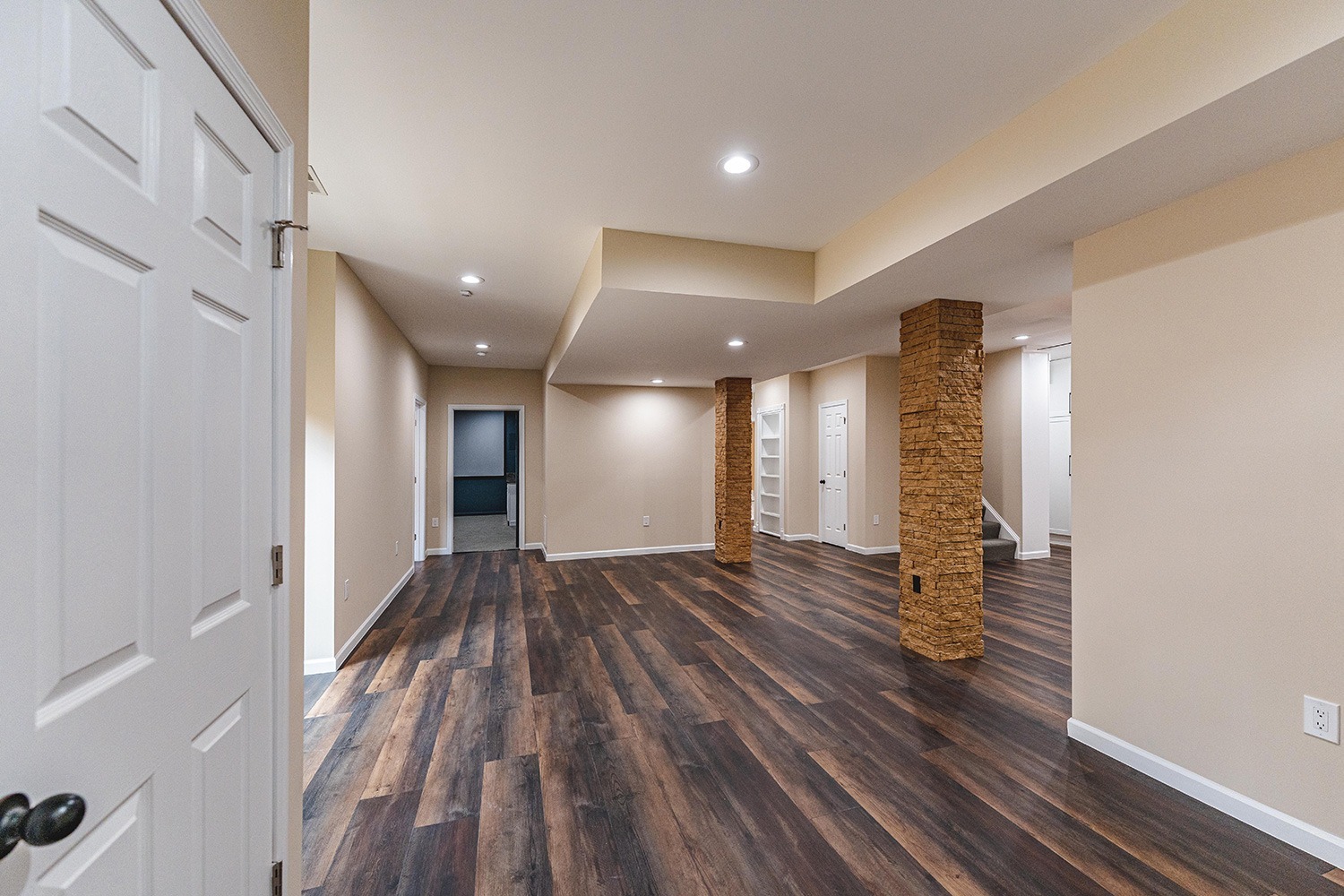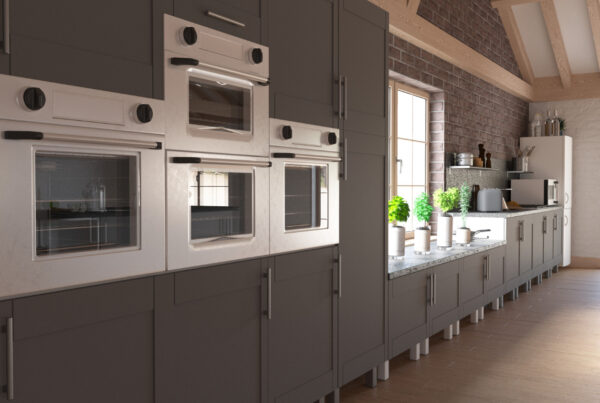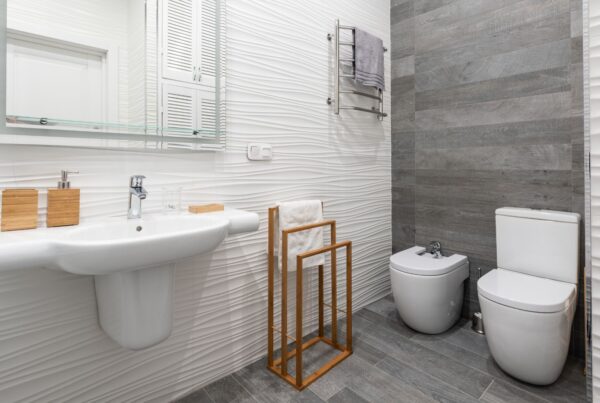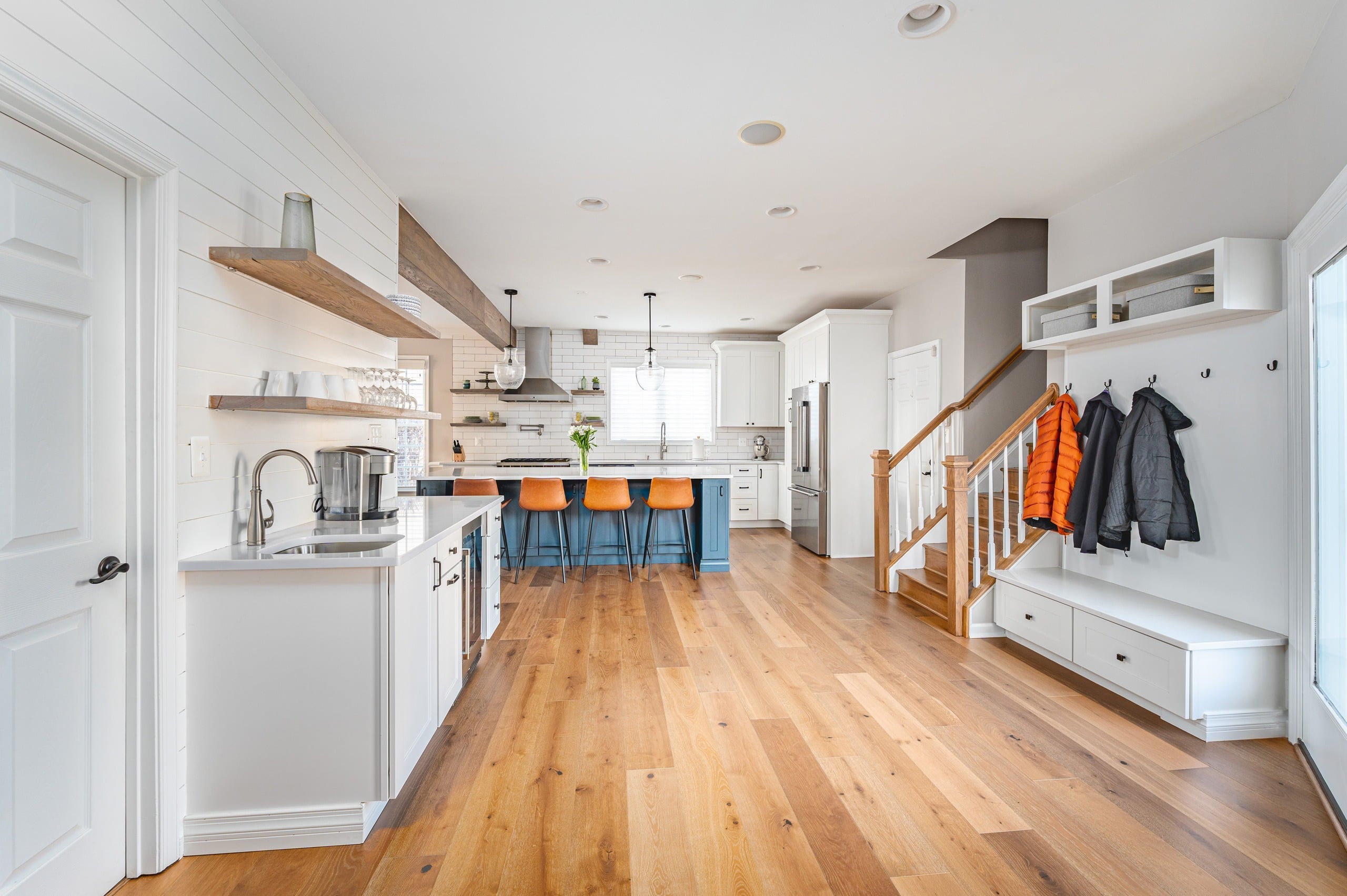
Selecting the perfect flooring is one of the most important decisions in any remodeling project. Flooring not only sets the foundation for your home’s aesthetic but also impacts its functionality and durability. Among the many options available, wood flooring stands out as a timeless and versatile choice. However, not all wood flooring is created equal. To make an informed decision, you need to consider various factors beyond just color. This guide explores the types of wood flooring, their benefits, and how to choose the best option for your home.
Types of Wood Flooring
Wood flooring refers to any type of permanent flooring with a wooden appearance, whether made from natural or synthetic materials. The two primary types of wood flooring are solid wood and engineered wood. Each comes with distinct advantages and considerations.
Solid Hardwood Flooring
Solid hardwood floors are made from solid planks of lumber joined using the tongue-and-groove method. Known for their durability, they are the longest-lasting type of wood flooring but come at a higher price point.
- Advantages:
- Exceptional longevity; can last decades with proper care.
- Can be sanded and refinished multiple times to maintain appearance.
- Disadvantages:
- Vulnerable to humidity and moisture, making it unsuitable for basements or high-moisture areas.
- Typically more expensive than engineered wood.
Engineered Hardwood Flooring
Engineered wood flooring consists of a top layer of real wood veneer over a reinforced synthetic underlayment. This construction makes it more resistant to moisture and temperature fluctuations than solid wood.
- Advantages:
- More affordable than solid hardwood.
- Better resistance to moisture and humidity.
- Suitable for areas like basements.
- Disadvantages:
- Limited refinishing options compared to solid wood.
- May not last as long as solid hardwood.
| Feature | Solid Wood | Engineered Wood |
|---|---|---|
| Durability | High | Moderate |
| Moisture Resistance | Low | Moderate to High |
| Refinishing Options | Multiple times | Limited |
| Cost | Higher | Lower |
Understanding Wood Species
The type of tree a wood floor comes from significantly affects its appearance, durability, and performance. This characteristic is known as the wood species. Each species has unique properties, measured using the Janka Scale, which evaluates the wood’s hardness and resistance to wear.
The Janka Scale
The Janka scale measures the pounds of force required to embed a steel ball halfway into a piece of wood. Harder woods are more resistant to dents and wear, making them ideal for high-traffic areas. Below are common wood species and their Janka ratings:
| Wood Species | Janka Rating |
| Douglas Fir | 660 |
| Black Cherry | 950 |
| Red Oak | 1290 |
| White Oak | 1360 |
| Hard Maple | 1450 |
| Hickory | 1820 |
| Brazilian Walnut | 3800 |
For example, Douglas Fir (660) is relatively soft and may not be suitable for high-traffic areas, while Brazilian Walnut (3800) offers superior durability.
Popular Wood Flooring Options
Oak Flooring
Oak is one of the most popular choices for wood flooring due to its versatility and availability. It comes in two primary varieties:
- Red Oak: Features warm red, pink, or rust undertones and a noticeable grain pattern, adding character to any space.
- White Oak: Offers cooler gray-green undertones and a smoother, more uniform grain for a modern look.
Walnut Flooring
Walnut is a luxurious option known for its rich chocolate-brown color and elegant grain patterns. While softer than some other hardwoods, it is perfect for creating a sophisticated ambiance.
Maple Flooring
Maple flooring is admired for its pale, creamy tones and fine, subtle grain. It is one of the harder domestic wood species, making it suitable for high-traffic areas. However, it can be challenging to stain and works best with neutral finishes.
Hickory Flooring
Hickory is a great choice for homeowners seeking a floor with character. Its complex grain patterns and high Janka rating (1820) make it both visually appealing and durable.
Teak Flooring
Teak is an exotic wood known for its natural oils, which provide a radiant finish with minimal effort. With a high Janka rating of 2330, it is an excellent option for families with pets and children. However, it is among the more expensive choices.
Key Factors to Consider
When selecting wood flooring, consider the following:
- Room Usage: High-traffic areas may require harder woods, while softer woods can work in low-traffic spaces.
- Moisture Levels: Engineered wood is better for areas prone to moisture, such as basements or kitchens.
- Budget: Solid wood is more expensive but longer-lasting, while engineered wood offers a more budget-friendly option.
- Maintenance: Consider the refinishing and cleaning requirements for each type of wood.
- Aesthetic Preferences: Grain patterns, colors, and finishes can vary widely among wood species.
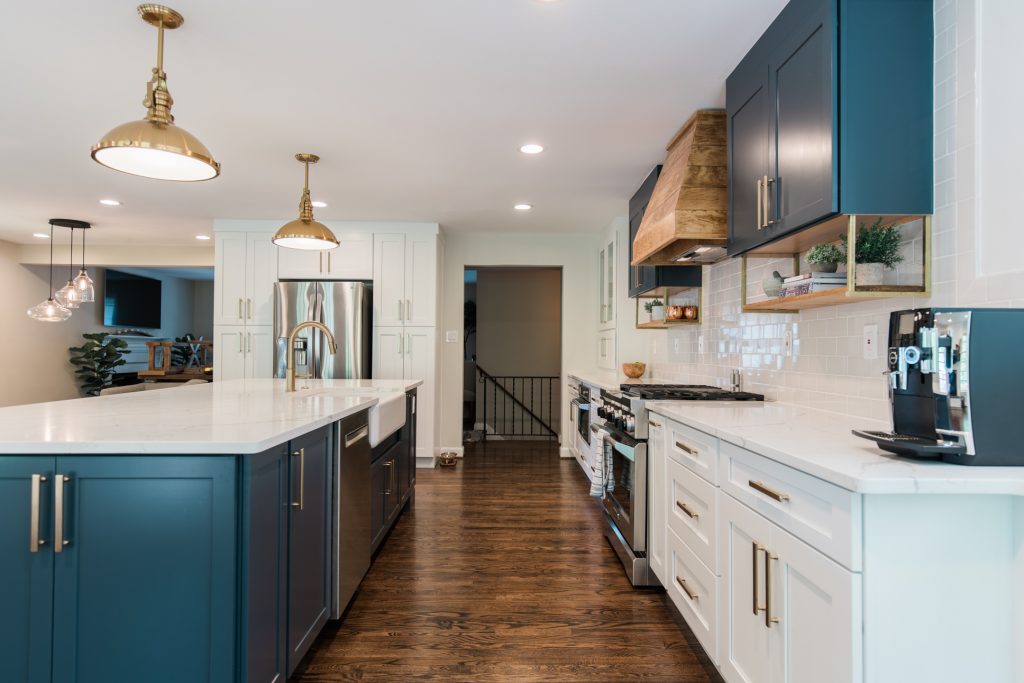
Wood flooring is a timeless and versatile choice for any home, offering both beauty and durability. By understanding the differences between solid and engineered wood, evaluating the hardness of various wood species, and considering your specific needs and preferences, you can select the perfect flooring to enhance your living space. Whether you’re drawn to the warmth of oak, the luxury of walnut, or the character of hickory, there’s a wood flooring option that’s right for you.
Take the time to weigh your options and invest in flooring that will serve your home beautifully for years to come.
